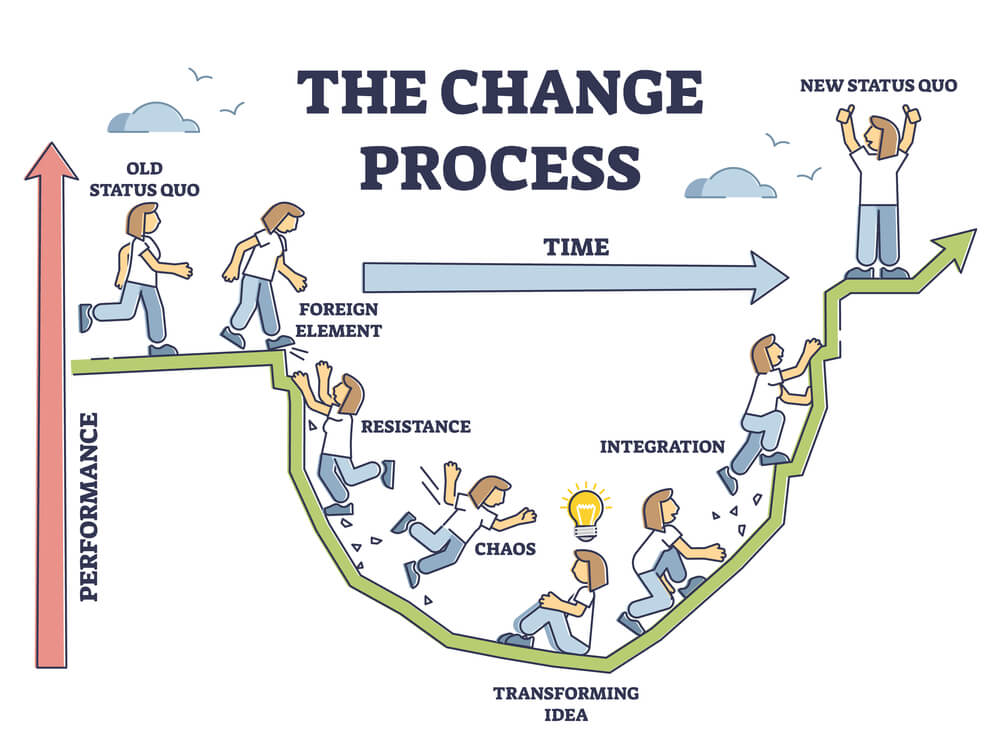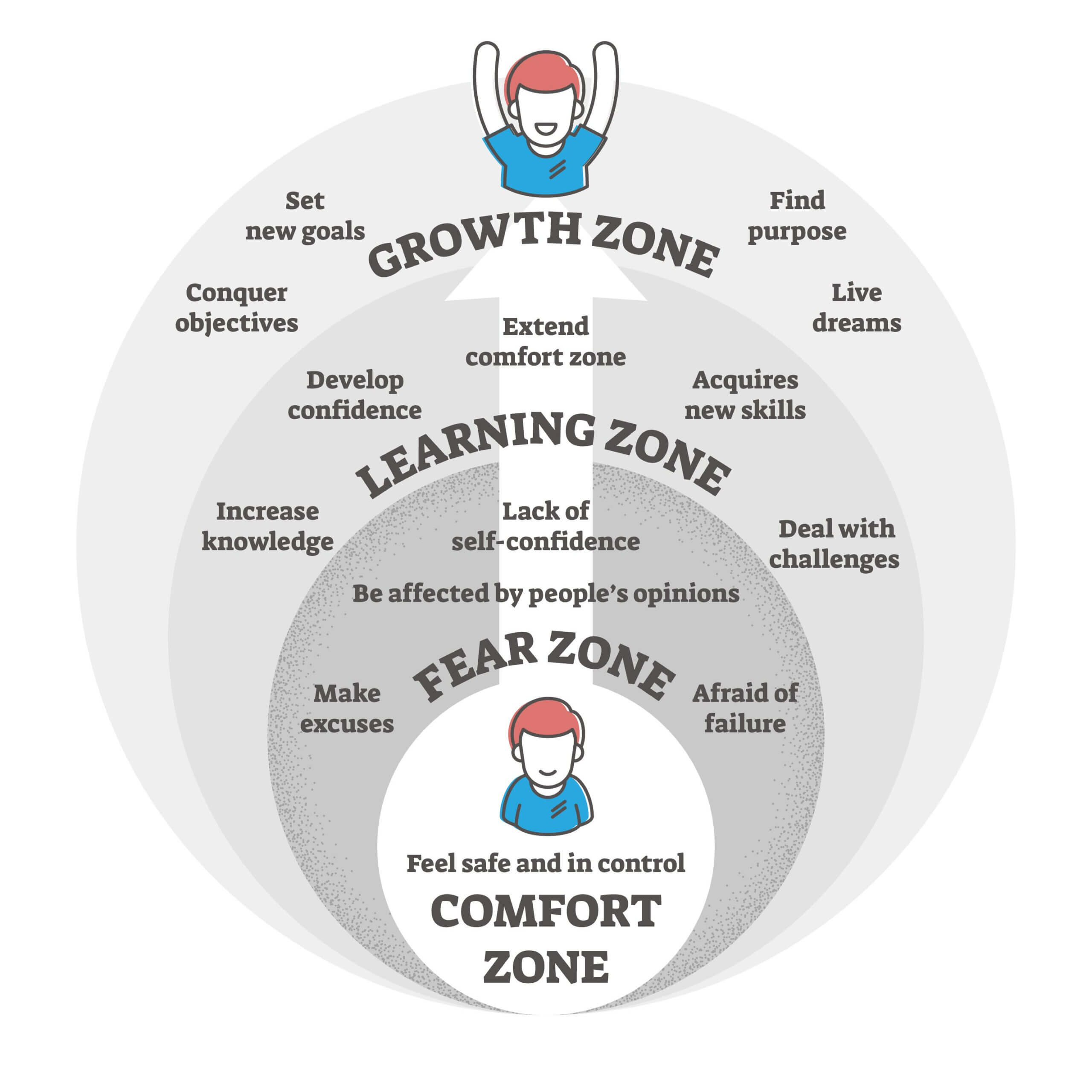
If you are a caregiver or a care partner…you will experience fatigue. I want you to learn the signs and symptoms of fatigue so you can do something about it BEFORE you get to burnout! At burnout, you will be UNABLE to care or help your loved one.
Caregiver fatigue is a state of physical, emotional, and mental exhaustion that can occur when you’re providing care for a loved one. It’s a common issue among family caregivers, and it can have a significant impact on your health and well-being. Understanding the signs and symptoms of caregiver fatigue is the first step in preventing burnout and ensuring that you’re taking care of yourself.
Understanding Caregiver Fatigue
As a family carer, it’s easy to get so caught up in your loved one’s needs that you forget to take care of yourself. Caregiver fatigue is a real and common problem that can affect anyone providing care for a loved one. It’s important to recognize the signs and symptoms of caregiver fatigue so you can take steps to prevent it.
Caregiver fatigue is a state of physical, emotional, and mental exhaustion that results from the stress of caregiving. It can lead to a range of symptoms, including anxiety, depression, irritability, difficulty sleeping, and new or worsening health problems. Carers who are experiencing fatigue may also feel increasingly resentful, overreact to minor nuisances, and may turn to unhealthy coping mechanisms like drinking, smoking, or overeating.
It’s important to note that caregiver fatigue can affect anyone, regardless of age, gender, or background. However, certain factors can increase your risk of developing caregiver fatigue, such as:
- Caring for someone who needs constant care
- Feeling alone or isolated
- Feeling helpless or depressed
- Having money problems
- Spending many hours caregiving
- Having too little guidance from healthcare professionals
If you’re experiencing any of these risk factors or symptoms of caregiver fatigue, it’s important to take action to prevent burnout. This may include seeking respite care, joining a support group, or talking with a mental health professional. Taking care of yourself is key to being able to take care of your loved one. Even small breaks help.
Physical Signs of Caregiver Fatigue
Excessive Tiredness
One of the most common physical signs of caregiver fatigue is excessive tiredness. You may feel like you can’t keep your eyes open, no matter how much sleep you get. This can make it difficult to focus on your caregiving responsibilities and can leave you feeling irritable and moody.
Sleep Disorders
Caregiving can also disrupt your sleep patterns, leading to sleep disorders such as insomnia or sleep apnea. You may find it difficult to fall asleep or stay asleep, or you may wake up feeling unrefreshed. This can worsen feelings of tiredness and make it harder to cope with the demands of caregiving.
Reduced Immunity
Chronic stress can also weaken your immune system, leaving you more susceptible to illnesses such as colds and flu. You may find that you get sick more frequently and that it takes longer to recover from illnesses. This can make it harder to provide care for your loved one and can leave you feeling run down and exhausted.
Emotional Signs of Caregiver Fatigue
Constant Irritability
Do you find yourself getting easily irritated or frustrated with your loved one? Are you snapping at them or others more often? Constant irritability is a common sign of caregiver fatigue. Caregiving can be stressful, and it’s normal to feel frustrated or overwhelmed at times. However, if you’re constantly irritable, it may be a sign that you’re experiencing caregiver fatigue.
Feelings of Hopelessness
Do you feel like your situation is hopeless? Do you feel like you’re not making a difference or that nothing you do is good enough? Feelings of hopelessness are common among caregivers, especially if you’re caring for a loved one with a chronic or terminal illness. It’s important to remember that you’re doing the best you can and that your efforts are making a difference.
Depression
Depression is a serious condition that can affect anyone, including caregivers. If you’re feeling sad, hopeless, or helpless, you may be experiencing depression. Other symptoms of depression include loss of interest in activities you once enjoyed, changes in appetite or sleep patterns, and difficulty concentrating. If you think you may be depressed, it’s important to talk to your doctor or a mental health professional.
Cognitive Signs of Caregiver Fatigue
Taking care of a loved one is a noble and rewarding experience, but it can also be exhausting. Caregiver fatigue is a state of physical, emotional, and mental exhaustion that can happen when you’re taking care of someone else. In this section, we’ll explore some cognitive signs of caregiver fatigue that you should be aware of. Other relatable words for “cognitive” include reason, analytical, rational, sensible, and coherent.
Difficulty Concentrating
One of the most common cognitive signs of caregiver fatigue is difficulty concentrating. You may find it hard to focus on tasks or remember important details. This can be frustrating and lead to mistakes or forgetfulness.
To combat difficulty concentrating, try breaking tasks into smaller, more manageable steps. You can also use tools like to-do lists or reminders to help you stay on track. Additionally, taking short breaks throughout the day can help you recharge and refocus.
Forgetfulness
Another cognitive sign of caregiver fatigue is forgetfulness. You may find yourself forgetting important dates, appointments, or tasks. This can be stressful and lead to feelings of guilt or inadequacy.
To combat forgetfulness, try using memory aids like calendars, sticky notes, or smartphone apps. You can also ask family members or friends to help remind you of important dates or tasks. Additionally, getting enough sleep and practicing stress-reducing activities like meditation or yoga can help improve your memory.
One thing we all need to understand is that we have so much more information to retain that it is difficult to remember it all in the best of times.
Decision-Making Problems
Caregiver fatigue can also lead to decision-making problems. You may find it hard to make decisions, or you may second-guess yourself after making a decision. This can be overwhelming and lead to feelings of anxiety or indecisiveness.
To combat decision-making problems, try breaking decisions into smaller, more manageable steps. You can also seek advice from family members, friends, or healthcare professionals. Additionally, taking care of yourself by getting enough sleep, eating well, and exercising can help you make better decisions.
Remember, caregiver fatigue is a common experience, and it’s important to take care of yourself so you can continue to take care of your loved one. If you’re experiencing any of these cognitive signs of caregiver fatigue, don’t hesitate to reach out for help.
Behavioral Signs of Caregiver Fatigue
When you are a caregiver, it is easy to become so focused on the needs of your loved one that you forget to take care of yourself. Here are some common behavioral signs of caregiver fatigue that you should be aware of:
Neglecting Responsibilities
One of the most common signs of caregiver fatigue is neglecting responsibilities. When you are overwhelmed, it can be challenging to keep up with household chores, work, and other responsibilities. You may find that you are forgetting to pay bills, missing appointments, or neglecting your own health.
Social Isolation
Caregiving can be a lonely job, and it is easy to become socially isolated. You may find that you are spending all of your time with your loved one and have little time for social activities. Social isolation can lead to depression and anxiety, which can make caregiver fatigue even worse.
Substance Abuse or Misuse
When you are under a lot of stress, it can be tempting to turn to drugs or alcohol to cope. Substance abuse is a common sign of caregiver fatigue and can have serious consequences for your health and well-being.
If you are experiencing any of these behavioral signs of caregiver fatigue, it is essential to take action. Talk to your doctor, join a support group, or consider respite care. Taking care of yourself is just as important as taking care of your loved one.
Importance of Self-Care for Caregivers
As a family caregiver, it’s easy to focus all your energy and attention on the person you’re caring for. However, it’s important to remember that taking care of yourself is just as crucial. Caregiver fatigue is a common issue that can lead to burnout, stress, and even physical health problems. Here are some self-care practices that can help you avoid caregiver fatigue and maintain your well-being.
Regular Exercise or Physical Activity
Regular exercise is essential for maintaining good physical and mental health. It can help reduce stress, improve your mood, and give you more energy. Even if you can only spare a few minutes a day, try to incorporate some physical activity into your routine. You could take a walk around the block, do some stretching exercises, or try a yoga class. Find an activity that you enjoy and that fits into your schedule.
Healthy Eating Plan
Eating a healthy, balanced diet is important for everyone, but it’s especially crucial for caregivers. When you’re busy taking care of someone else, it can be easy to neglect your own nutritional needs. However, eating a diet rich in fruits, vegetables, whole grains, and lean protein can help you maintain your energy and focus. Try to avoid processed foods, sugary snacks, and excessive amounts of caffeine and alcohol.
Adequate Sleep
Getting enough sleep is crucial for your physical and mental health. However, it can be challenging to get a good night’s sleep when you’re a caregiver. Try to establish a regular sleep routine, and aim for 7-8 hours of sleep per night. If you’re having trouble sleeping, try relaxation techniques such as deep breathing, meditation, or listening to calming music. Avoid using electronic devices before bed, as the blue light can interfere with your sleep cycle.
Remember, self-care is not selfish – it’s essential for your well-being and the well-being of the person you’re caring for. By practicing self-care and prioritizing your own needs, you’ll be better equipped to provide the best possible care to your loved one.
Seeking Professional Help
If you are experiencing signs and symptoms of caregiver fatigue, seeking professional help can be beneficial to your mental and physical health. There are a variety of resources available to help you manage your stress and prevent burnout.
Counseling Services
Counseling services can provide you with a safe and confidential space to discuss your feelings and concerns. A licensed therapist can help you develop coping strategies and provide emotional support. Some counseling services may be covered by insurance or offered on a sliding scale fee basis.
Support Groups
Support groups can provide you with a sense of community and understanding. You can connect with other caregivers who are going through similar experiences and share advice and resources. Many support groups meet in person or online, and some are specific to certain conditions or types of caregiving.
Respite Care Services
Respite care services provide temporary relief for caregivers. This can include in-home care, adult day care, or short-term stays in a nursing home or assisted living facility. Respite care can give you a break from your caregiving responsibilities and allow you to focus on your own self-care.
Remember, seeking professional help is not a sign of weakness. It is a proactive step towards maintaining your own health and well-being. Don’t hesitate to reach out for support when you need it.
Conclusion
In conclusion, family caregiver fatigue is a common issue that can have serious consequences for both the caregiver and the care recipient. It is important to recognize the signs and symptoms of caregiver fatigue early on so that you can take steps to address it.
Some of the common signs of caregiver fatigue include feeling overwhelmed, irritable, or depressed, as well as experiencing physical symptoms such as fatigue and headaches. You may also find yourself neglecting your own needs and interests, and feeling like you have no time for yourself.
If you are experiencing any of these symptoms, it is important to seek help and support. This may include talking to a mental health professional, joining a support group, or participating in respite care. It is also important to take care of your own physical and emotional well-being by eating a healthy diet, getting enough sleep, and engaging in regular exercise.
Remember, taking care of yourself is not selfish – it is essential to being a good caregiver. By recognizing the signs of caregiver fatigue and taking steps to address it, you can ensure that both you and your loved one receive the best possible care.



















